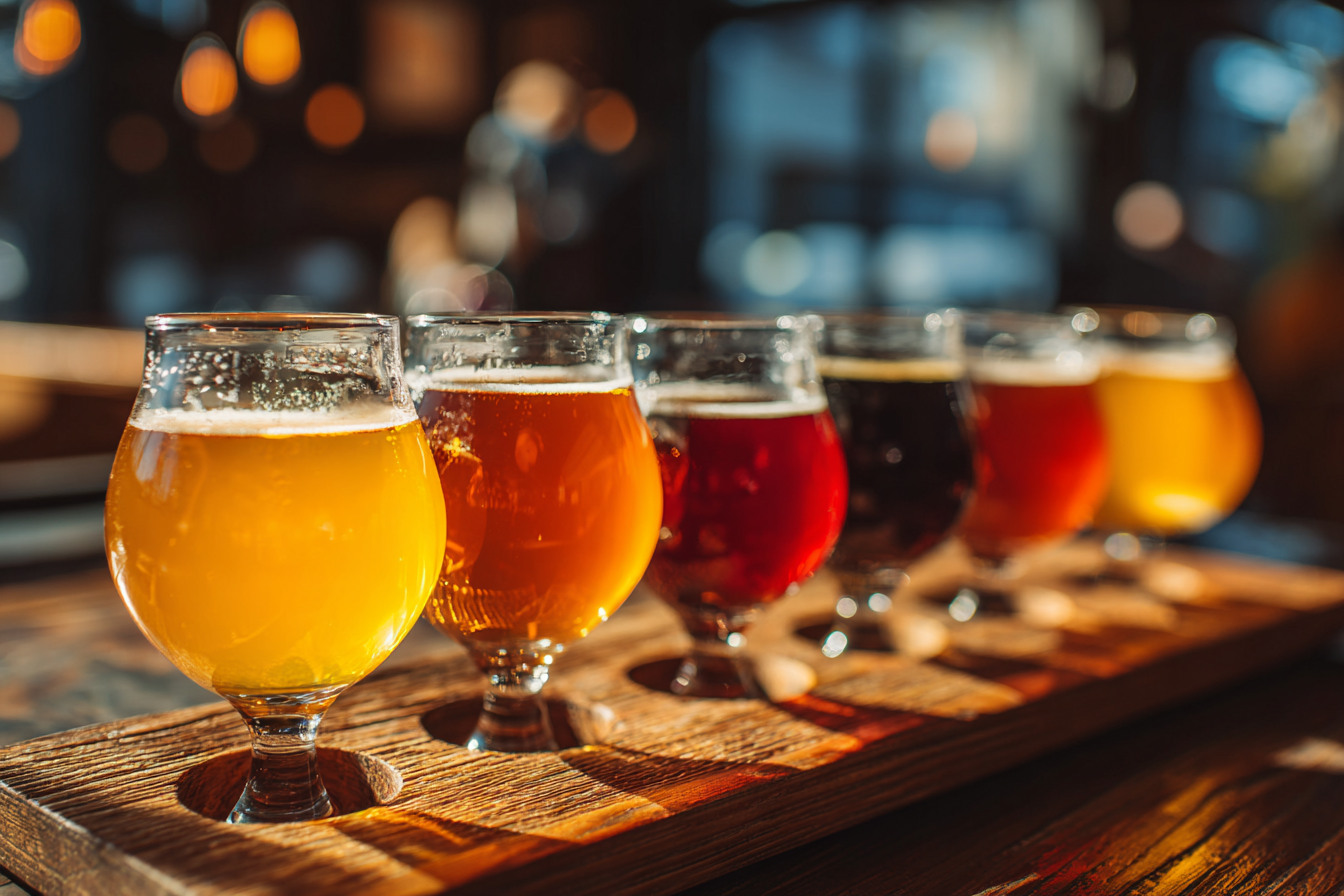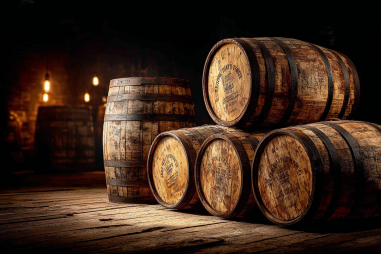Sour beers have carved out a flavorful niche in the craft beer world, captivating enthusiasts with their tangy, tart profiles and complex aroma palettes. Among the diverse family of sour beers, Sour IPAs stand out as a fascinating hybrid, combining the hop-forward character of India Pale Ales with the puckering acidity typical of sour styles. If you’ve ever wondered what distinguishes Sour IPAs from other sour beers like Berliner Weisse, Gose, or Lambics, this article will guide you through their unique qualities, brewing methods, and taste experiences.
Exploring the World of Sour Beer Styles
Sour beers encompass a broad spectrum of styles known for their intentional tartness, resulting from various fermentation techniques involving wild yeasts and bacteria. While traditional ales and lagers generally emphasize malt sweetness or hop bitterness, sour beers delight in acidity and often feature funky, fruity, or funky characteristics.
Some well-known sour beer styles include:
- Berliner Weisse: A crisp, low-alcohol German wheat beer with a sharp sourness and light body.
- Gose: Originating from Leipzig, Germany, this style incorporates coriander and salt, adding complexity alongside its tartness.
- Lambics: Traditional Belgian sour ales spontaneously fermented with wild yeast and aged with fruit variations such as cherry or raspberry.
- Flanders Red Ale: A Belgian style known for a rich malty backbone complemented by vinegar-like sourness and fruity depth.
These examples illustrate the diversity of sour beer in both flavor profiles and brewing traditions.
What Makes Sour IPAs Unique?
Sour IPAs occupy an intriguing place within the sour beer landscape by marrying two distinct beer philosophies: the hoppiness of IPAs and the tangy acidity of sour ales. Unlike traditional IPAs that focus primarily on bitterness and floral or citrus aroma from hops, Sour IPAs incorporate souring agents like lactobacillus or utilize kettle souring techniques to inject a pronounced tartness.
Key features that characterize Sour IPAs include:
- Brewed with a souring process: Often kettle soured early in fermentation for controlled acidity.
- High hop presence: Maintaining bold hop bitterness and aroma, frequently with American or New World hop varieties.
- Balance of sour and bitter: Striking a harmonious blend where sourness and hoppiness complement rather than overpower one another.
- Fruit additions: Sometimes enhanced with fruit adjuncts to amplify complexity and refreshment.
This approach creates beers that are tart but still carry the punchy, aromatic hop character IPA lovers crave, making Sour IPAs wildly enticing to adventurous palates.
How Sour IPAs Compare with Other Sour Styles
To appreciate what sets Sour IPAs apart, it’s helpful to compare them with classic sour beers like Berliner Weisse, Gose, and Lambics.
Berliner Weisse vs. Sour IPA
Berliner Weisse is a lighter, low-alcohol style with a gentle lactic sourness and minimal hoppiness. It’s crisp and refreshing, often served with a fruit syrup to balance tartness. In contrast, Sour IPAs pack more punch in both hops and alcohol, combining assertive bitterness with acidity rather than the soft, clean sourness typical of Berliner Weisse.
Gose vs. Sour IPA
Gose features a saline edge from added salt and herbal notes from coriander, imparting a unique flavor profile quite different from Sour IPAs. While both styles are sour, Gose tends to be less hoppy and more focused on the interplay of salty, sour, and spiced flavors. Sour IPAs prioritize hop resin and citrus aroma, making their tartness more IPA-driven.
Lambics vs. Sour IPA
Lambics are spontaneously fermented with wild yeasts and bacteria, producing complex funk, earthiness, and often intense fruit character in their aged forms. They usually have lower hop bitterness because hops inhibit wild organisms. Sour IPAs tend to be more controlled in fermentation, using specific cultures and maintaining high hop profiles, resulting in brighter, more sharply defined hop aromas alongside their sour notes.
Flavor and Aroma Distinctions Across Styles
When tasting through sour beers, the differences become apparent not just in sourness but in the broader flavor and aroma spectrum:
- Sour IPAs: Combine pucker-inducing tartness with vibrant citrus, pine, or tropical hop aromas and a moderate to moderate-high bitterness.
- Berliner Weisse: Light, lactic sourness with subtle fruitiness and a clean, effervescent profile.
- Gose: Tangy with salty nuances, herbal spice, and mild malt sweetness.
- Lambics: Funky, barnyard aromas; wild yeast-driven complexity; sometimes pronounced fruit esters and softened by barrel aging.
These distinctions offer a rich variety to suit different occasions and preferences within the sour beer category.
The Brewing Process: What Sets Them Apart?
Sour IPAs typically start with a strong wort that is kettle soured before boil, allowing brewers to control sourness intensity without risking contamination of the brewery. Once souring is achieved, the wort is boiled to kill bacteria, then cooled before adding a large charge of hops and fermentation by a clean ale yeast. This method preserves hop aroma and bitterness in the final beer.
In contrast, Berliner Weisse and Gose have more traditional souring that may occur during primary fermentation or secondary with mixed cultures, generally involving fewer hops to avoid inhibiting bacteria. Lambics rely on spontaneous fermentation, where exposure to wild yeast and native bacteria over months or years creates their signature sour funk and complex profiles.
These differences in microbial sources, fermentation lengths, and hopping practices fundamentally shape each beer’s character.
Popular Examples From Each Style
If you want to try your hand at tasting these styles, here are some popular bottles and breweries to look for:
- Sour IPAs:
- Dogfish Head’s “SeaQuench Ale” (sour IPA influenced)
- Odd Side Ales “Hop-Crazed Sour IPA”
- Berliner Weisse:
- Revision Brewing “West Coast Berliner Weisse”
- Berliner Kindl Weisse (classic German example)
- Gose:
- Anderson Valley “Gose”
- Westbrook Brewing “Gose”
- Lambics:
- Cantillon “Gueuze”
- 3 Fonteinen “Oude Geuze”
When to Enjoy These Sours and What to Pair Them With
Sour beers are wonderfully versatile, and choosing the right setting and food pairing can elevate the experience.
- Sour IPAs: Brilliant for warm days when you want a lively, refreshing beer with some bitterness bite. They pair well with spicy cuisines (think Thai or Indian), grilled chicken, or sharp cheeses balancing the bitterness and acidity.
- Berliner Weisse: Perfect as a light refresher on hot summer afternoons. Fruit syrups enhance the beer’s tartness, and it pairs nicely with seafood, light salads, and mild cheeses.
- Gose: The salty, sour profile complements seafood dishes like fish tacos, ceviche, or even salty snacks like pretzels.
- Lambics: This complex style shines alongside rich, fatty foods such as pork belly, duck, or creamy desserts. The beer’s acidity cuts through richness while its wild funk adds layers of flavor.
Exploring these occasions and pairings will deepen your appreciation of sour beers’ versatility.
Embracing the Diversity of Sour Beer Styles
Sour IPAs exemplify the innovative spirit of craft brewing by bridging the worlds of hop-forward ales and tart fermentations, producing a brew that is both familiar and excitingly new. Alongside traditional styles like Berliner Weisse, Gose, and Lambics, Sour IPAs enrich the sour beer category with distinctive sour-bitter balance and bold aromas.
Understanding the differences in flavor, brewing methods, and cultural origins deepens our enjoyment of these beverages, offering endless opportunities for tasting adventures. Whether you crave the funk and history of a Lambic or the punchy tartness of a Sour IPA, sour beers invite you to explore complexity and refreshment in every sip.







